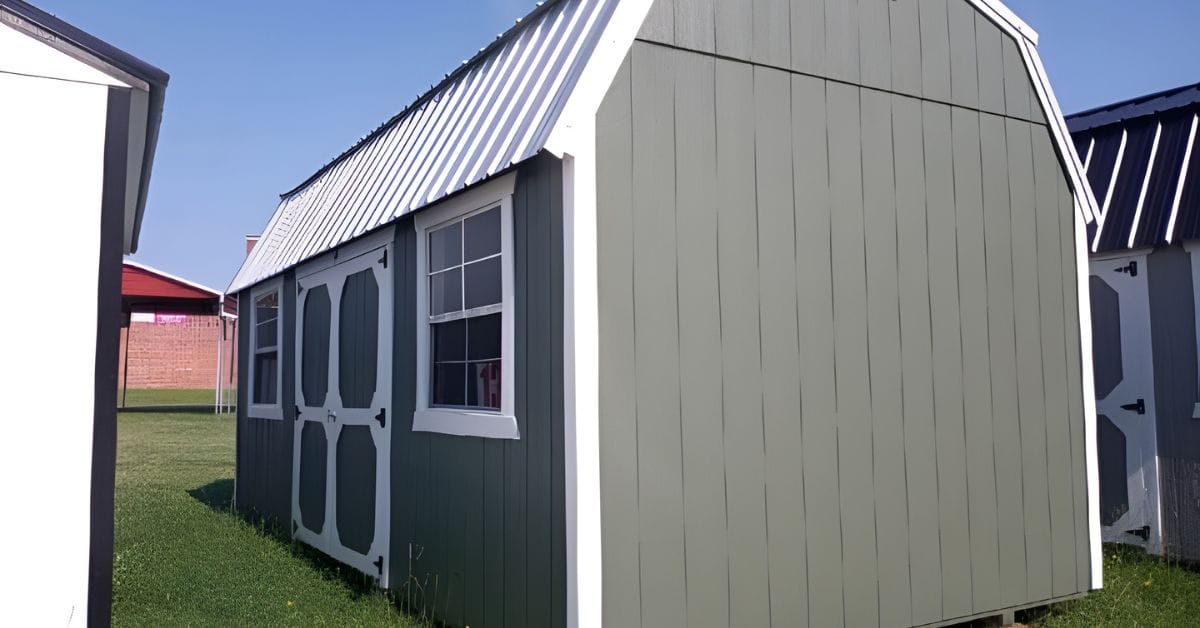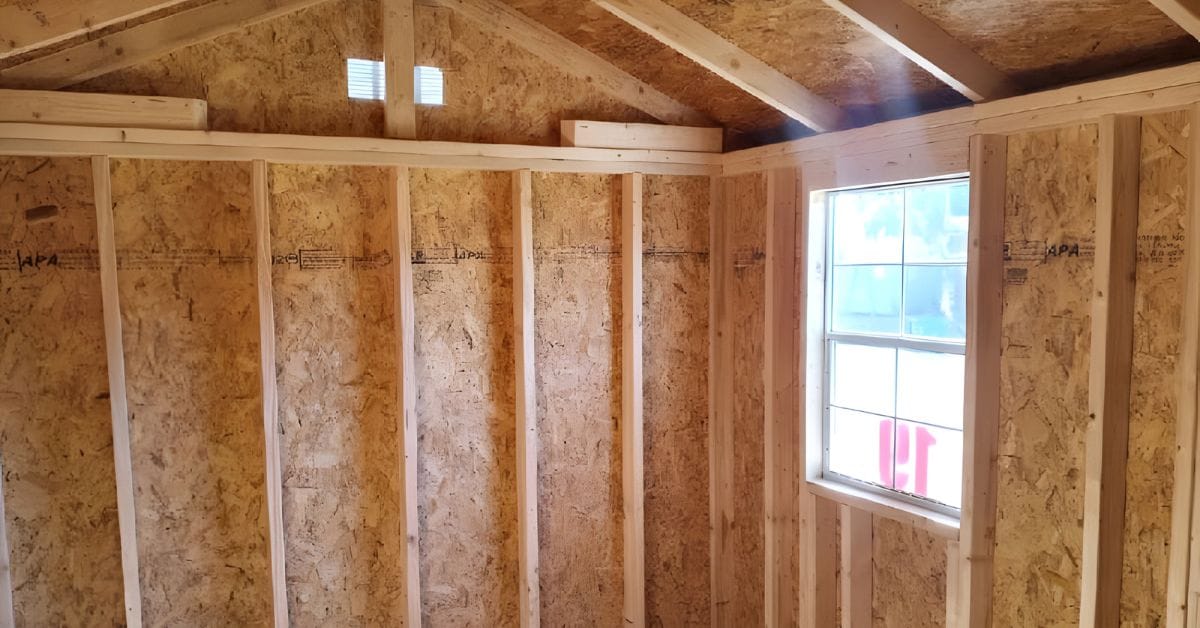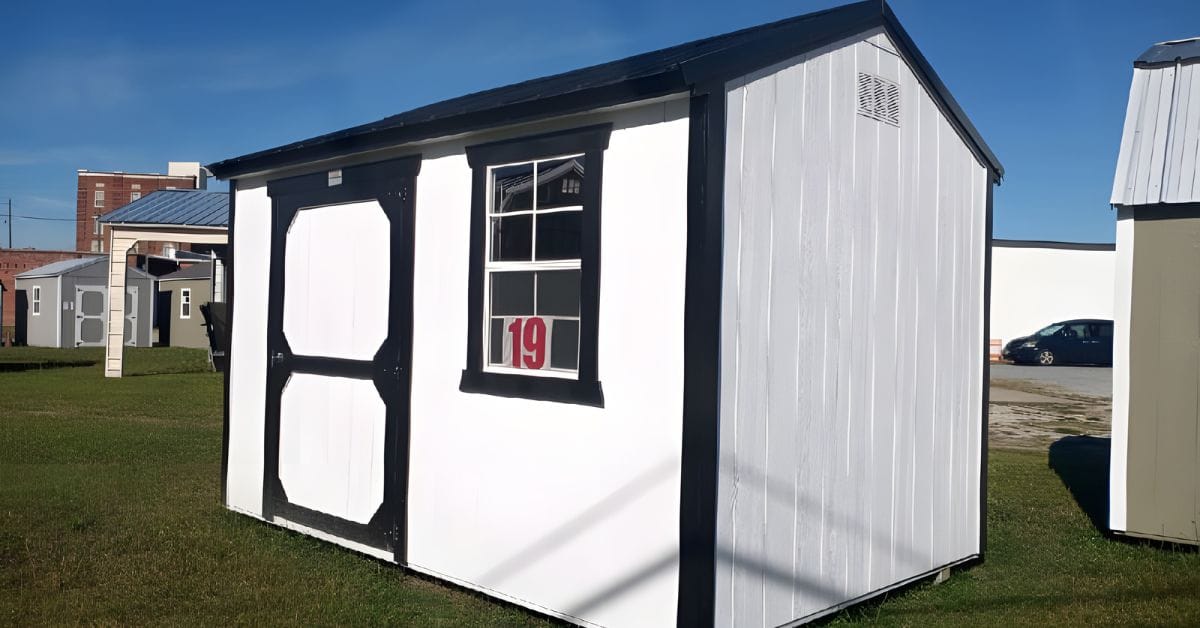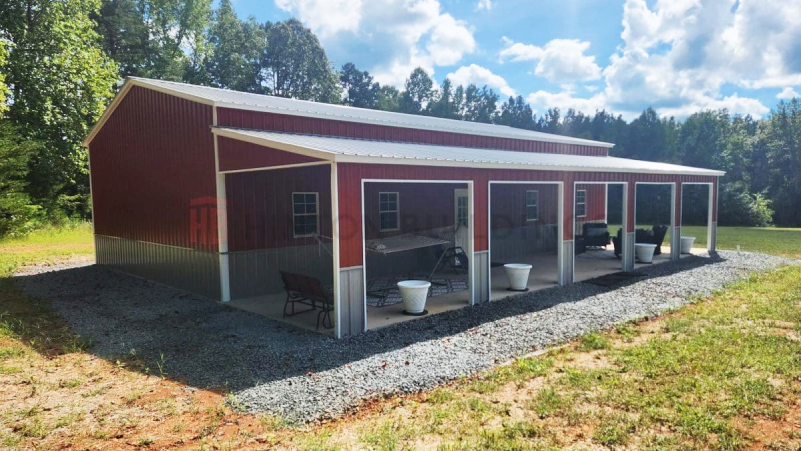
Setting up a shed may seem like a simple task, but where you place your structure can significantly impact its utility, durability, and even the aesthetic value of your property. This guide will walk you through the essentials of shed placement, highlighting how to choose the best location. By the end, you’ll be able to select a spot that’s both practical and visually pleasing.
The location of your shed can influence its longevity and usability. For instance, placing your shed on uneven or soft ground can lead to structural issues over time, such as sagging or even collapse due to poor foundation support. Additionally, local zoning laws and neighborhood regulations might restrict where a shed can be placed, making it crucial to verify legal boundaries before any construction takes place.
A strategically located shed will grant you easy access to stored tools and equipment, increasing the structure’s functionality. Natural elements like sunlight and wind also need to be considered, as too much exposure might cause unnecessary wear, while too little can lead to moisture problems. Thoughtful shed placement enhances both its practical use and the overall harmony of your outdoor environment.
Before you lay the foundation or bring in your shed kit, make sure you’re familiar with local building codes and zoning regulations. These laws dictate where you can place a shed on your property, the permissible size, and sometimes even the type of materials allowed. Consider these tips for navigating local laws:
Ignoring these requirements could result in fines, forced relocations, or even the removal of your shed.

Your shed’s placement should align with the natural features of your property. Placing it in a low-lying area may cause water pooling during rainstorms, leading to structural damage. On the other hand, sloped terrains may require more preparation, such as leveling the ground or building retaining walls.
You can assess your land by inspecting drainage patterns, checking how the water flows in your yard during rain. This will allow you to avoid placing the shed in a vulnerable area. You should also look for flat areas, as level ground is ideal and minimizes the need for costly site preparation. And consider soil stability since areas with loose or unstable soil may require proper leveling and a robust foundation.
Failing to properly assess the topography can result in a shifting foundation, which can be detrimental for your shed.
Sunlight exposure significantly impacts a shed. Overheating can occur if the shed is placed in an area that receives direct sunlight for extended periods, potentially damaging sensitive items stored inside. On the flip side, constant shade may encourage mold or mildew growth. Here are some tips for finding the best spot:
Your shed should be easy to reach and situated near where you’ll likely use its contents. A poorly placed shed can become an inconvenience, no matter how well it’s constructed.
To maximize accessibility, there are a few placement considerations to keep in mind. You should put the shed close to your house if you expect frequent trips for tools or supplies. Also,ensure there’s a clear path to the shed and that the doorway is easily accessible. And watch out for tree roots, uneven terrain, or other objects that could impede access.
Good fences make good neighbors, and well-placed sheds do, too. Poor shed placement can cause disputes over property boundaries, obstruct views, or disrupt the neighborhood’s aesthetic harmony.
Remember to double-check boundaries to make sure your shed doesn’t encroach on a neighbor’s land, and use the right colors, materials, or plants to make the shed an appealing part of your yard. Additionally,ensure the shed placement doesn’t obstruct key views for you or your neighbors. By considering these factors, you can be sure everyone is pleased with the end result.
The location of your shed plays a critical role in protecting its contents. A shed that’s visible from the street may attract unwanted attention, while a completely hidden one can provide cover for intruders. Here are some tips for strategically placing your shed:
Additionally, properly securing your shed helps keep your property safe.

Wind, rain, snow, and even temperature fluctuations can affect the longevity of your shed. Proper placement reduces exposure to harsh weather conditions and ensures better durability.
Be sure toplace the shed in a spot that is sheltered from prevailing winds, if possible, and install drainage features to make sure water drains away from the shed’s foundation to prevent moisture damage. And consider overhanging eaves, as nearby buildings or trees may provide natural protection against heavy rainfall or snow.
Building a shed yourself is a rewarding and cost-effective project if you possess the necessary skills and tools. A DIY approach allows for complete control over the design and materials, enabling you to customize the shed according to your specific needs.
On the other hand, opting to have a professional handle your shed installation ensures that the job is done quickly, correctly, and to the highest standards. Professionals bring experience and expertise, reducing the risk of common DIY pitfalls like misaligned structures or improper foundations. They are also familiar with local building codes and can navigate the regulatory landscape more efficiently.
Finding the right spot for your shed is about creating a space that works for you while enhancing your yard’s aesthetic appeal. By choosing the best location for shed placement, you can make sure your investment becomes a lasting and beneficial addition to your property.
Do you have the perfect spot for a shed? Consider an Old Hickory barn or shed from Hinton Buildings. By working with us, you can find the perfect shed to meet your personal and practical needs.
